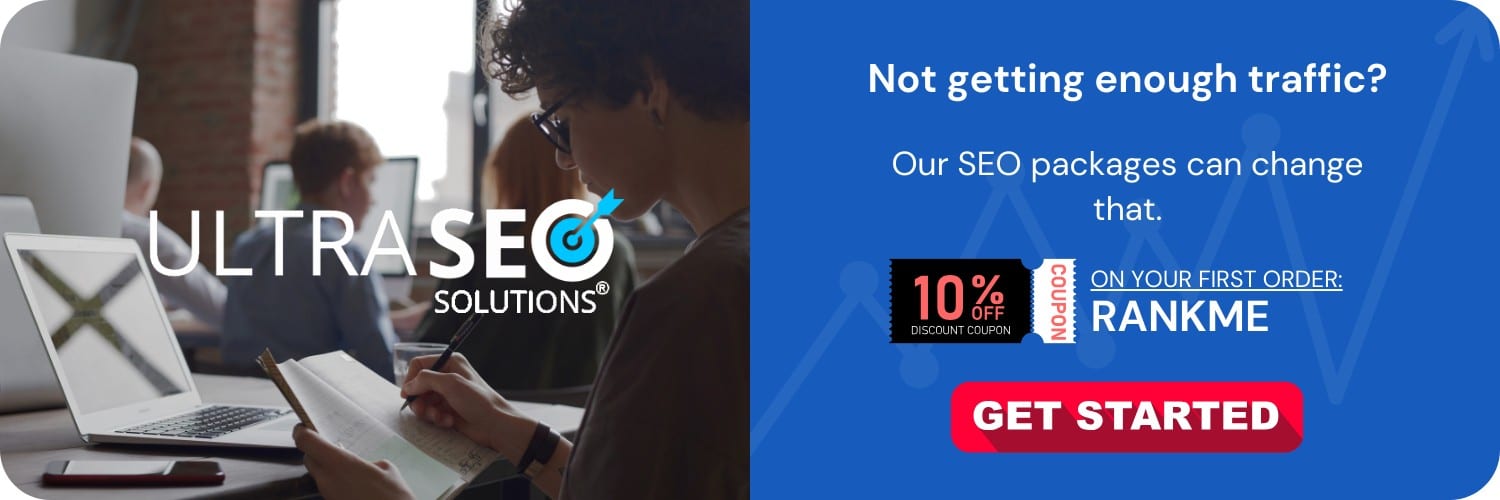
Protecting your website from Negative SEO involves a proactive approach to monitoring your site’s link profile, content integrity, and online reputation. It’s about preventing malicious acts that can undermine your search engine rankings and tarnishing your brand. To safeguard your digital presence, you must remain vigilant, quickly identify potential threats, and take the necessary steps to mitigate any damage that occurs.
Understanding Negative SEO
Before we dive into the protection strategies, it’s crucial to understand what Negative SEO is. Negative SEO refers to the practice of using black hat and unethical techniques to sabotage a competitor’s rankings in search engines. These tactics may include building spammy links to your website, content scraping, and even hacking the site.
Monitoring Your Link Profile
Regular Audits
Regularly auditing your backlink profile is the first line of defense against Negative SEO. By using tools like Google Search Console, Ahrefs, or SEMrush, you can keep an eye on the types of links pointing to your website. Sudden spikes in backlinks, especially from low-quality or irrelevant sites, can be a red flag.
Set Up Google Search Console Email Alerts
Google Search Console can send you email alerts when your website is attacked by malware, pages are not indexed, there are connectivity problems, or when you receive a manual penalty from Google. Keeping these notifications on ensures you are aware of any issues as soon as they arise.
Use a Backlink Checker
Invest in a reliable backlink checker tool to help you monitor your backlinks in real time. This can help you spot and respond to any suspicious activity quickly.
Securing Your Website
Keep Software Up to Date
Always keep your content management system (CMS) and any plugins or themes up to date with the latest versions. Outdated software can have vulnerabilities that hackers can exploit to harm your site.
Strengthen Access Control
Strong passwords, limited login attempts, and two-factor authentication can go a long way in preventing unauthorized access to your website’s backend.
Implement HTTPS
Secure your site with HTTPS encryption. Not only does this protect your site’s data but also it’s a ranking signal for Google.
Protecting Your Content
Set Up Google Alerts
Google Alerts can notify you when your content is copied and published elsewhere. This can help you take action against scrapers who may be trying to use your content to create duplicate content issues.
Use Canonical Tags
Canonical tags inform search engines which version of a page is the master or preferred one, which can prevent duplicate content issues that arise from scrapers.
Fighting Spammy Links
Use the Disavow Tool
If you’ve identified bad links that you cannot remove through outreach, Google’s Disavow Tool allows you to ask Google not to consider these links when assessing your site. However, use this tool with caution, and only when necessary.
Regular Content Audits
Performing content audits on your website can help ensure your content’s quality and freshness remain high. It can also help you identify any unauthorized duplicated content and address it promptly.
Check for Website Speed and Downtime
Monitor Website Uptime
Use website monitoring tools to track your website’s uptime. Downtime can negatively affect your SEO as well as user experience.
Optimize for Site Speed
Ensure that your website maintains a fast loading speed, as slowdowns can be a symptom of negative SEO tactics, such as server load attacks.
Engage in Positive SEO Practices
Combat negative SEO by continuously engaging in positive SEO practices. Produce high-quality content, build healthy backlinks, and provide an excellent user experience. These actions build up your site’s resilience to negative SEO tactics.
Legal Action When Necessary
In extreme cases, where the negative SEO campaign includes defamatory or slanderous content, consider consulting with a legal professional about potential recourse.
Building a Support Network
Form Relationships with Webmasters
Establishing good relationships with the webmasters of related sites can be helpful if you need to reach out for help with removing bad links.
Engage with Your SEO and Webmaster Community
Being actively engaged in SEO and webmaster forums can give you access to advice and support from peers who may have experienced similar issues.
Finishing Thoughts
Protecting your website from Negative SEO requires vigilance, quick action, and a comprehensive strategy. By monitoring your link profile, securing your website, protecting your content, and maintaining strong SEO practices, you can minimize the chances of negative SEO impacting your site. It’s about building a strong defense, being prepared for swift countermoves, and sometimes taking the legal high road to combat malicious attempts against your website’s integrity. Remember, the digital world can be unpredictable, so stay prepared, stay informed, and keep your site safe.






